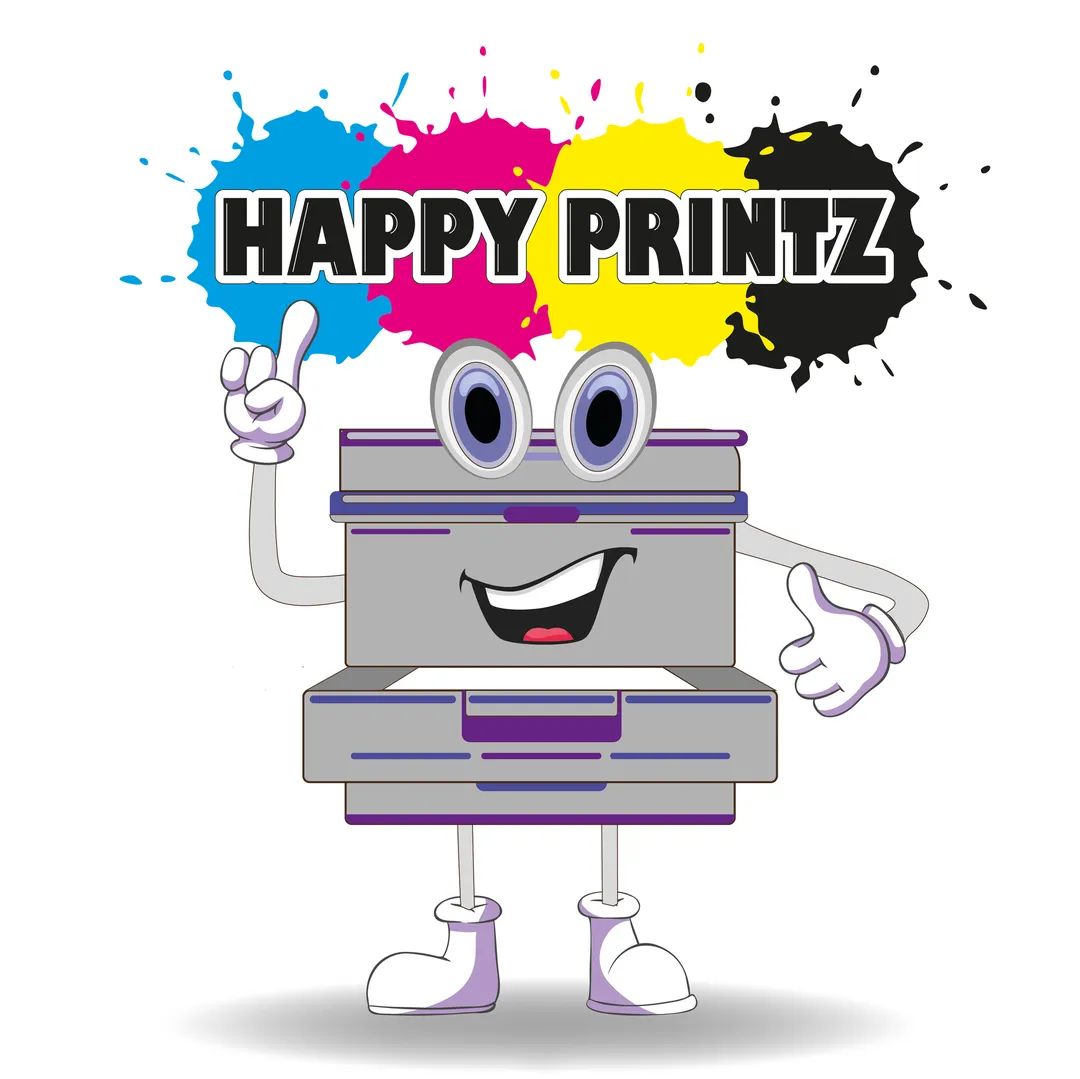Sustainable Printing Practices for a Greener Planet
- HappyPrintz

- Apr 15
- 4 min read
As environmental concerns continue to rise, businesses and individuals are seeking ways to reduce their carbon footprints. One vital area where sustainable practices can make a significant impact is in printing. This blog post covers various sustainable printing practices, emphasizing how we can contribute to a greener planet.
Understanding Sustainable Printing
Sustainable printing refers to the use of methods, materials, and technologies that minimize environmental impact. This encompasses various aspects, including the life cycle of printed items, the types of inks and papers used, and the energy consumed during the printing process. By adopting more eco-friendly practices, companies can reduce waste and promote a healthier environment.
Key Aspects of Sustainable Printing:
Materials: Selecting sustainable materials like recycled paper or biodegradable inks.
Processes: Implementing energy-efficient printers and reducing paper waste.
Disposal: Encouraging recycling and proper disposal of printed materials.

Choosing Eco-friendly Printing Materials
One of the most crucial steps in sustainable printing is selecting the right materials. Here are some options to consider for an environmentally friendly approach:
Recycled Papers
Using recycled paper is an excellent way to reduce the demand for virgin materials. Recycling paper helps conserve natural resources and reduces energy consumption. Many printing companies now offer recycled options that maintain quality while also being kind to the environment.
Sustainable Inks
Traditionally, inks contain harmful chemicals and solvents. However, some companies now offer vegetable-based or soy-based inks, which are less toxic and more sustainable. These inks provide vibrant colors without harming the planet.
Alternative Printing Substrates
There are alternative printing substrates available made from non-tree materials, such as bamboo or hemp. These materials offer a green alternative to conventional paper and can be used for various print applications, from brochures to packaging.

What is the most eco-friendly way to print?
When it comes to eco-friendly printing, several practices stand out. Here’s how to ensure that your printing methods are as green as possible:
Digital Printing
Digital printing is a more sustainable option compared to traditional offset printing. This method produces less waste since it eliminates the need for printing plates and allows for shorter print runs. On-demand printing means you only produce what you need, which can dramatically reduce waste.
Print on Demand
Print on demand reduces the risk of overproduction and minimizes storage needs. This not only saves resources but also lessens the carbon footprint associated with shipping and storing excess inventory.
Energy-efficient Equipment
Utilizing energy-efficient printers and machines can make a big difference. Look for printers that have Energy Star ratings, which consume less power while maintaining high-quality output. Regular maintenance of your devices can also help ensure efficiency and longer life.
Reducing Paper Waste
Another crucial aspect of sustainable printing is waste reduction. Here are some strategies businesses can adopt:
Double-sided Printing
Printing on both sides of the paper can effectively cut your paper use in half. Encourage this practice in your office or with clients to significantly reduce waste.
Embrace Digital Alternatives
Whenever possible, utilize digital formats to cut down on physical printing. This can include creating digital newsletters, presentations, and reports instead of printed versions. Not only does this save paper, but it also enhances accessibility and distribution.
Recycling Programs
Implement a recycling program in your office to ensure that all printed materials are disposed of responsibly. Promote awareness among employees about the importance of recycling and provide clearly labeled bins for different types of materials.

The Importance of Certifications
When choosing a printing company, look for certifications that indicate a commitment to sustainable practices. Certifications like FSC (Forest Stewardship Council) ensure that the paper comes from responsibly managed forests. Similarly, seeking companies that share their policies on sustainable practices and transparency can help you make informed decisions.
Why Certifications Matter
Certifications not only reassure you of sustainable practices but also support businesses that prioritize ecological balance. They demonstrate that the company is actively working towards reducing its environmental impact and can guide you to make choices that align with your values.
Making a Collective Impact
While implementing sustainable printing practices can start at an individual level, the collective effort can lead to significant change. Encourage others to adopt eco-friendly processes, and spread the word about the importance of choosing sustainably. Share your knowledge and practices with coworkers, friends, and family to create a larger awareness around this issue.
Consider advocating for your organization to partner with sustainable printing services or suppliers. By doing so, you will not only promote sustainability but also support businesses committed to environmentally friendly printing practices.
Taking Action
Choose Wisely: Consider your options before printing. Use digital formats when possible.
Educate Yourself: Stay informed about the different sustainable materials and practices available.
Support Eco-friendly Companies: Seek out and work with companies committed to sustainable practices.
Promote Recycling: Encourage recycling in your workplace and home to fight waste generation.
Adopting sustainable printing practices is a significant step toward a healthier planet. By making conscious choices, we can help reduce waste, conserve resources, and work towards a more sustainable future.
Let’s commit to making these changes for a greener planet. For more insight into environmentally friendly printing and practices, consider exploring resources like Happy Printz.
The future of printing doesn’t just need to be sustainable; it can be innovative, efficient, and beneficial for the environment. Let's invest in our planet together.



Comments